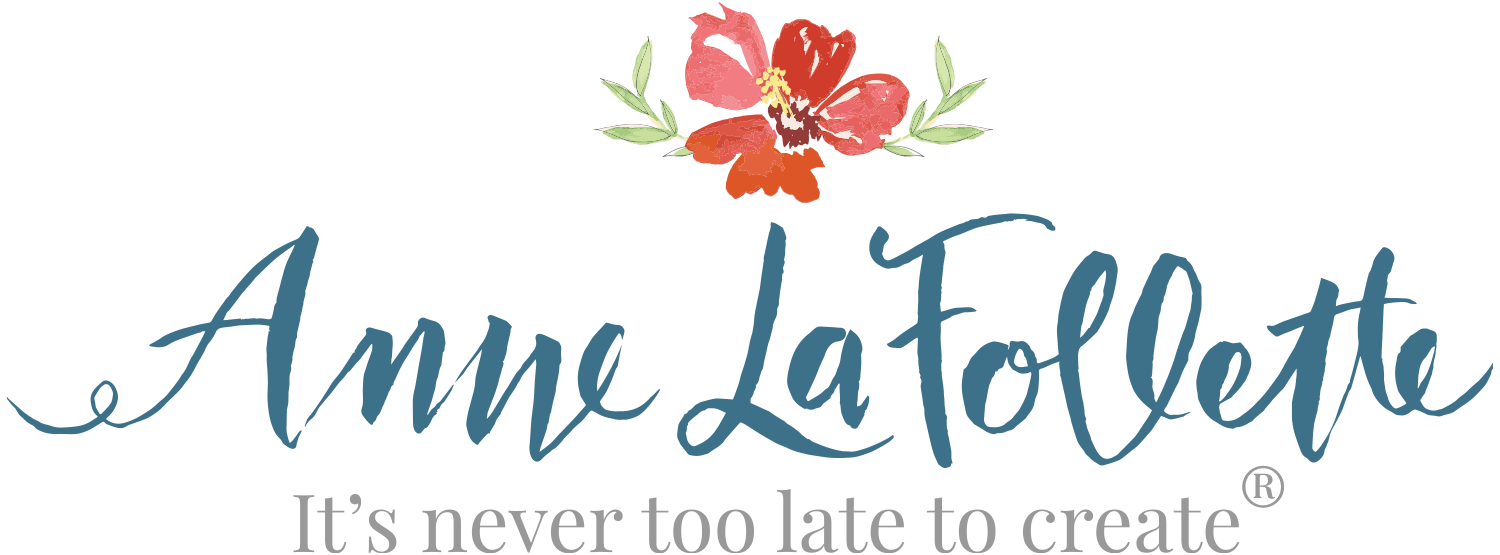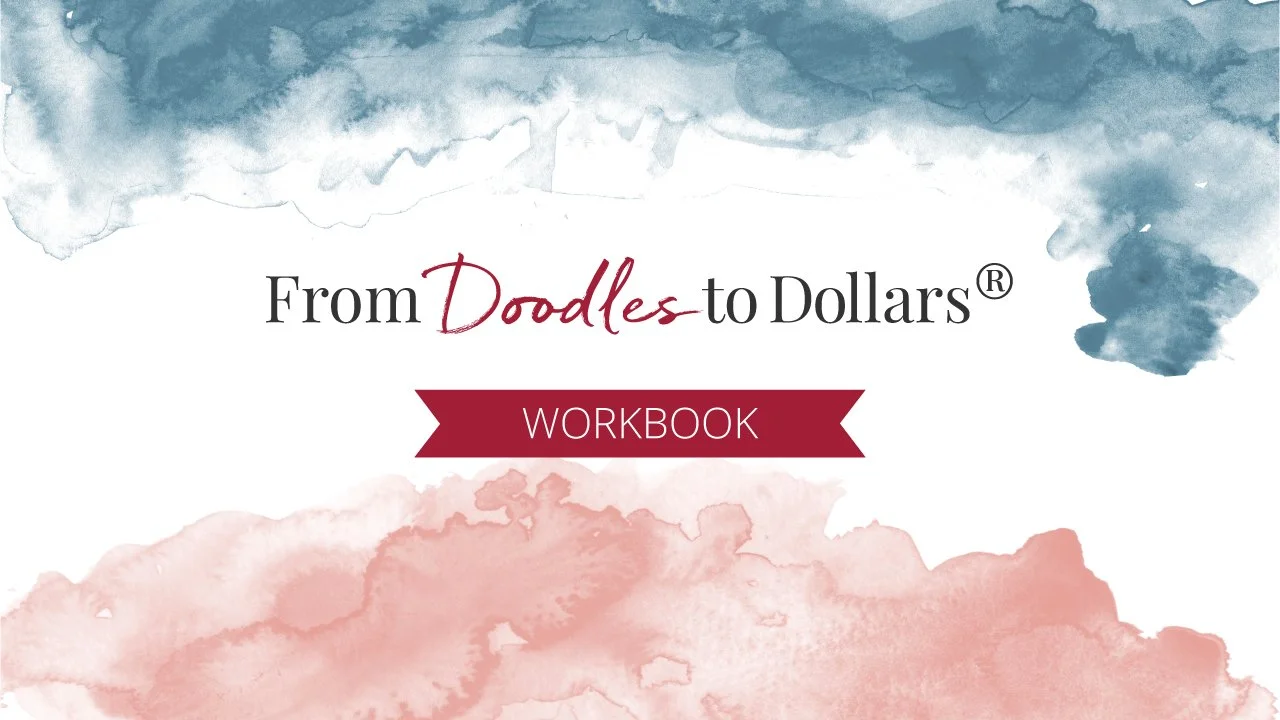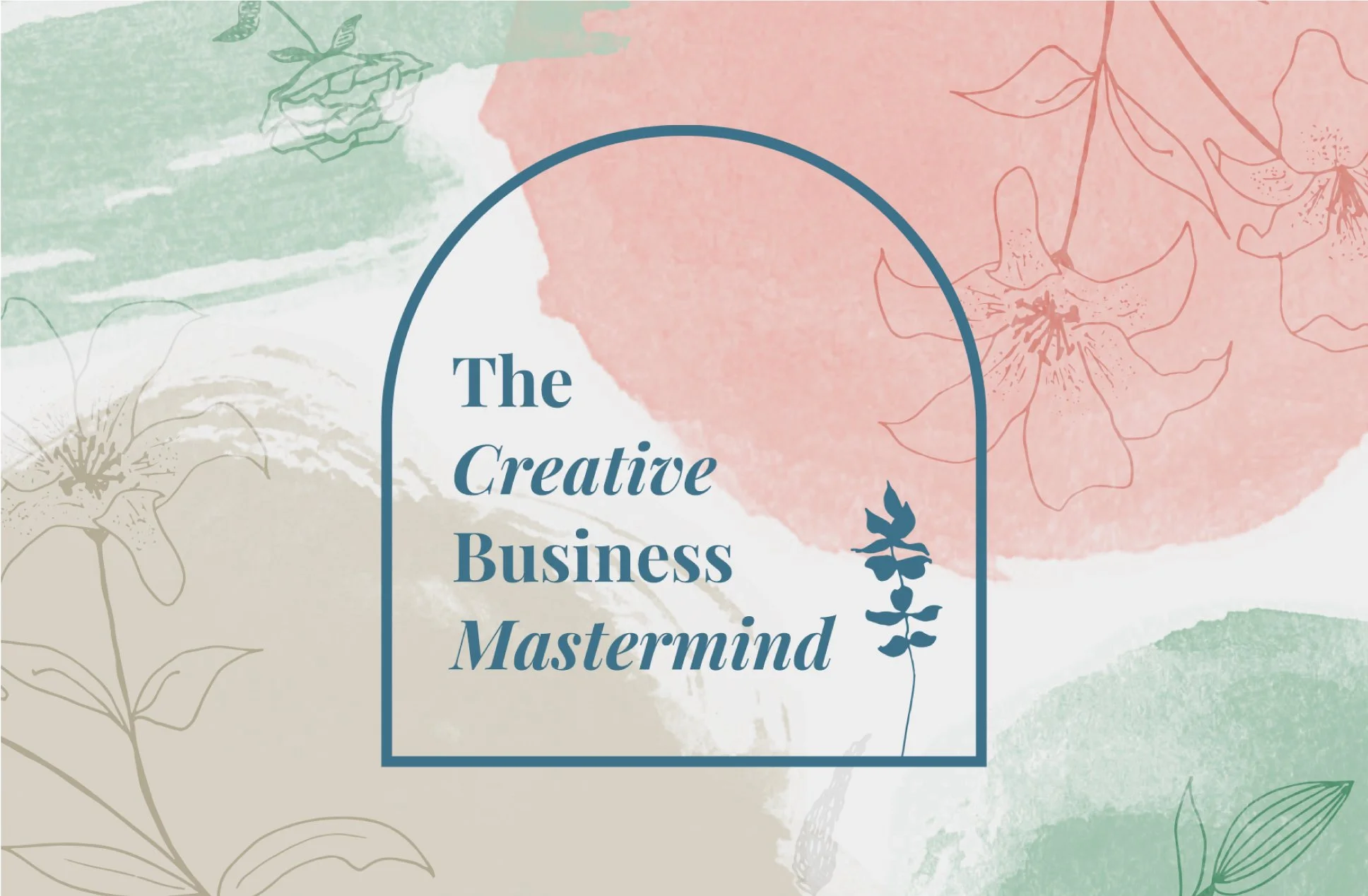A Thanksgiving Reflection on Creative Influence
My mother and I used to be the family organizers, the ones who would coordinate all the big holiday gatherings for our extended family. She had this beautiful house in San Francisco with a spacious living room and dining room – the perfect entertainment space that naturally became the heart of our family celebrations.
We developed a wonderful system over the years: we would alternate hosting the major holidays. If I did Easter one year, she would do it the next. For Thanksgiving and Christmas, she would choose which holiday she wanted to host, and I would take the other. It was a partnership that allowed both of us to enjoy the holidays while sharing the considerable work that goes into bringing seventeen people together for a memorable meal.
What made those years so special – and what I'm most grateful for as I reflect on that time – is how much I learned from watching her approach to hospitality, even though our styles expressed themselves differently.
My mother was a fabulous hostess who had this incredible gift for making people feel completely at ease the moment they walked through her door. She was warm, engaging, and had a natural talent for bringing out the best in everyone around her table. Her entertaining style reflected her personality perfectly: she used her gleaming mahogany table as the centerpiece, with tall silver candlesticks creating elegant height down the center, silk placemats that felt luxurious under your hands, and her beautiful china and sterling silver that made every meal feel like a special occasion.
When you sat at her table, you felt celebrated and important, but never intimidated. She had mastered the art of formal elegance that somehow felt completely welcoming and comfortable.
My approach evolved differently, partly because of the constraints of my space and partly because of my own instincts about creating connection. My dining table is quite narrow – it was handmade to fit in a specific narrow space when we first bought our house – so I don't have the luxury of her traditionally wide table with all that room down the center for elaborate arrangements.
But I also discovered that I prefer a different kind of visual rhythm. I use the same beautiful china plates and sterling silver flatware that she taught me to appreciate, but I love short votive candles scattered down the table in uneven numbers, and very small bouquets of flowers that don't block anyone's view of each other. I use a tablecloth rather than showcasing the wood of the table itself, and I create an atmosphere where people feel comfortable leaning in, laughing loudly, and staying for hours.
Like my mother, I want people to feel celebrated when they sit at my table. We just express that intention through different stylistic choices.
The Gift of Learning from Different Teachers
Looking back, I realize how fortunate I was to learn about hospitality from someone whose natural style differed from my own emerging preferences. If my mother had entertained exactly the way I do, I might never have understood the power of formal beauty, the way elegant details can make people feel honored and special. I wouldn't have learned to appreciate quality china and sterling silver, or understood how the weight and feel of beautiful objects can enhance the experience of gathering.
But equally important was having the freedom to adapt what I learned to my own space, personality, and values. My mother never insisted that I copy her approach exactly or suggested that my preferences were somehow inferior to hers. She understood that authenticity in hospitality – like authenticity in any creative endeavor – comes from absorbing the principles while expressing them in your own voice.
This dynamic taught me something that applies far beyond holiday entertaining: some of our most valuable creative education comes from teachers whose natural approaches differ from our own instincts. When we're open to influences that expand our range of possibilities, we learn not just techniques, but the underlying principles that can be applied in countless ways.
The contrast between her elegant formality and my more casual intimacy helped me understand not just how to create a beautiful table, but why I make the choices I do. I learned that my preference for low candles and small arrangements isn't just aesthetic – it reflects my deeper values about encouraging conversation and connection. I discovered that using a tablecloth instead of showcasing the table's surface creates a different kind of warmth that feels more like home to me.
Most importantly, I learned that there's no single "right" way to create beauty or make people feel welcomed. There are principles – attention to detail, consideration for guests' comfort, creating an atmosphere that matches your intentions – and then there are countless ways to express those principles authentically.
The Teachers Throughout Our Creative Lives
This reflection about my mother's influence has me thinking about all the teachers who have shaped my creative journey over the years, and how each one contributed something different to who I've become as an artist and entrepreneur.
Some taught me technical skills – how to use software, how to understand color theory, how to create repeating patterns. Others taught me about creative confidence, helping me trust my instincts and take risks with my work. Still others taught me about the business side of creativity, showing me how to turn artistic skills into sustainable income.
What strikes me is that the most influential teachers weren't necessarily the ones whose styles I wanted to emulate exactly. Often, they were the ones who challenged my assumptions, introduced me to approaches I wouldn't have discovered on my own, or helped me see possibilities I hadn't considered.
Like my mother's entertaining style, these diverse influences didn't constrain my creative development – they expanded it. They gave me a broader foundation from which to develop my own authentic voice.
This is what I'm most grateful for this Thanksgiving: not just the specific skills I've learned from various teachers, but the understanding that creative development is always collaborative, even when we're working alone. We're building on knowledge and inspiration that others have shared with us, while preparing the ground for our own unique contributions.
The Evolution of Authentic Style
One of the most beautiful things about learning from different teachers over time is how it helps you identify your own signature style – not by copying anyone exactly, but by understanding what elements resonate most deeply with your own values and aesthetic instincts.
When I set my Thanksgiving table now, I can see the influence of my mother's appreciation for quality and attention to detail, combined with my own preferences for intimate conversation and relaxed elegance. The china and sterling silver reflect what I learned from her about making people feel special. The low candles and small flower arrangements reflect my own discoveries about what creates the atmosphere I want in my home.
This same process has happened throughout my creative work. My approach to surface pattern design reflects influences from various teachers and courses, combined with my own color preferences and motif choices. My teaching style incorporates techniques I've learned from other educators, filtered through my own personality and values about how learning happens best.
My business approach draws from multiple mentors and programs, adapted to serve my specific audience and goals.
The goal was never to become a carbon copy of any single influence. The goal was to absorb what served my development while staying true to my own creative instincts.
Gratitude for Generous Teaching
This Thanksgiving, I'm especially grateful for teachers who shared their knowledge generously while encouraging me to find my own voice. These are the influences that truly serve creative development – guidance that provides solid foundation without constraining possibility.
My mother modeled this beautifully. She taught me that entertaining is an art form, that details matter, that creating beauty for others is worthy work. But she also demonstrated the confidence to trust my own creative instincts, even when they led me in different directions from her own choices.
The best teachers I've encountered in my creative journey have offered this same combination: solid instruction paired with generous freedom. They've shared techniques and principles while encouraging experimentation and adaptation. They've provided frameworks while making space for individual expression.
If you've been learning and growing as a creative person, you've likely encountered teachers like this – whether in formal classes, online courses, books, or simply through observing others whose work you admire. This week might be a perfect time to reach out and thank someone who gave you both knowledge and encouragement to make that knowledge your own.
The Tables We Set Through Our Work
The metaphor of setting your own table extends into every area of creative expression. In all our work, we're constantly making choices about how to honor our influences while expressing our authentic voices.
Whether you're designing patterns, building a creative business, teaching others, or simply pursuing art for personal fulfillment, you're drawing from lessons learned from multiple teachers while discovering your own signature approach.
The goal isn't to eliminate all traces of where you learned – that would be impossible and undesirable. The goal is to integrate those influences so thoroughly that they become part of your own authentic expression, like ingredients in a recipe that's become uniquely yours.
This requires both humility and confidence: humility to acknowledge how much we've learned from others, and confidence to trust our own creative instincts when they guide us toward new possibilities.
Teaching Others to Find Their Voice
If you're now in a position to influence others – through your art, your business, your teaching, or simply your example – consider how you can offer the same gift my mother gave me: solid foundation combined with generous freedom.
The most meaningful creative legacy isn't creating exact replicas of ourselves, but inspiring others to discover their own authentic voices. It's sharing principles that can be applied in countless ways, providing knowledge that expands possibilities rather than limiting them, and modeling the courage to honor influences while trusting creative instincts.
In my own teaching, I try to follow my mother's example. I share technical skills and business principles that I've learned and tested, but I always encourage students to adapt these tools to serve their own creative goals and values. The students who thrive are usually the ones who absorb what I teach and then take it in directions I never would have thought of myself.
This is how creative knowledge grows and evolves – through generous sharing that encourages individual expression rather than replication.
Setting Your Creative Table
As you think about your own creative journey, consider the teachers who have set tables for you – the influences, mentors, and examples that have shaped your understanding of what's possible. Who taught you to see beauty in new ways? Who gave you technical skills that expanded your creative capabilities? Who modeled the kind of artistic integrity or business success you want to embody in your own work?
Then consider the table you're setting with your own creative work. How are you honoring those influences while making space for your authentic voice? What traditions are you carrying forward, and what new approaches are you pioneering? How are you preparing to influence others who will learn from your example?
Your creative voice doesn't exist in isolation – it's part of an ongoing conversation that includes everyone who has taught you and everyone who will learn from your work. This Thanksgiving, that's worth celebrating.
Whether you're setting a formal table with tall candlesticks or creating intimacy with scattered votives, whether you're following established creative techniques or developing new approaches, whether you're building on traditional business models or inventing your own methods – you're participating in this beautiful, ongoing conversation between learning and teaching, tradition and innovation, influence and independence.
This Thanksgiving, I'm grateful for the table my mother taught me to set, and I'm equally grateful for the confidence she gave me to set it my own way. I'm thankful for all the teachers who have shaped my creative work, and I'm thankful for the freedom to express their influences through my own authentic voice.
Most of all, I'm grateful for the understanding that creative work is always collaborative, even when we're working alone. We're part of a community of learners and teachers, each contributing our unique voice to an ongoing conversation about what's possible when we combine knowledge with imagination, technique with authenticity, influence with independence.
Your creative voice matters. Your authentic expression adds something to the world that no one else can contribute. And the way you honor your teachers while trusting your own instincts gives others permission to do the same.
It's never too late to create. And it's never too late to set your own table – literally and metaphorically – in a way that reflects both gratitude for what you've learned and confidence in who you're becoming.
Three Ways to Work with Me
If you're ready to take your creative confidence to the next level, there are three ways I can support your journey:
To get started in surface pattern design: Grab a copy of my From Doodles to Dollars® workbook. This is a downloadable PDF with the step by step instructions for how to turn a doodle or sketch into a repeating pattern. You’ll create your very first repeating pattern and gain the foundation skills to begin expressing your artistic voice in a new, exciting way.
If you've already made repeating patterns in Adobe Illustrator and you want to up-level your skills: Join the self-study version of my Pattern Design Academy® program. You get the complete program, with lifetime access and $500 off the regular price of $1,997. Click HERE for details.
If you're already running a successful creative business and you want guidance on how to expand online: Apply for my Creative Business Mastermind. This program is limited to 20 students and is designed to help you scale and achieve greater profitability using my proven 6-part framework.
Your creative voice is valuable. Your artistic perspective matters. The world needs what you have to offer.
Right now, in this season of reflection and giving, it’s the perfect time to begin trusting the voice that's been waiting patiently inside you all along.
The sketchbook is ready. The season is perfect. Your voice is calling.
What’s the perfect next step for you?
xo,
Anne
It’s Never Too Late to Create®
If you enjoyed this blog please share it with your friends, family and creative colleagues. Check out my favorite resources by clicking the red button below.
The Creative Business Spark Podcast.
Subscribe to the show on Apple Podcasts, Spotify and wherever you get your podcasts.
Black Friday Special. 70% Off 4 Courses for You. Grab it HERE. Offer expires December 1.
Create your very first repeating pattern by following my Three Golden Rules. Grab this downloadable PDF workbook and get started today.
Get started for just $10.00. Click HERE for details.
Up level your surface pattern design skills and learn at your own pace in The Pattern Design Academy® Self-Study Program!
Get $500 off at checkout. Click HERE for details.
The Creative Business Mastermind is my highest level program. Learn how to implement the 6-part framework I used to build my creative business from scratch.
By application only. Click HERE for details.
MEET ANNE
Hi…I’m Anne!
My creative inspiration comes from a lifetime of observation. I grew up in Paris on the Place St. Sulpice and walked to school through the Luxembourg gardens. And that was only the beginning… Learn more by watching the video on my About page.







